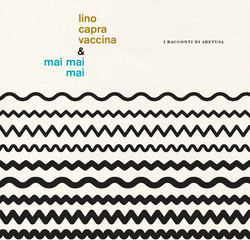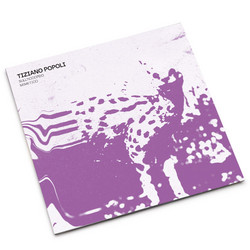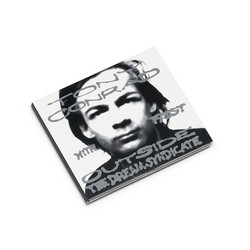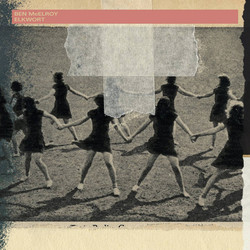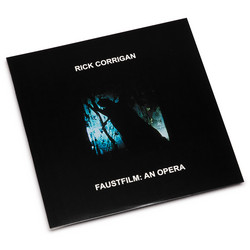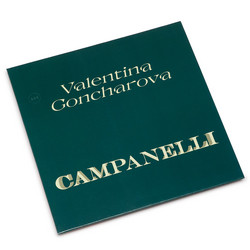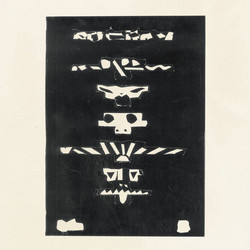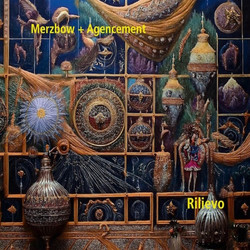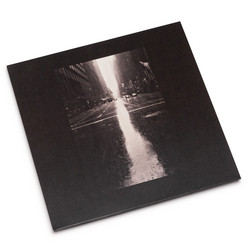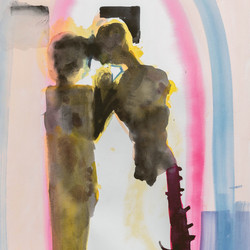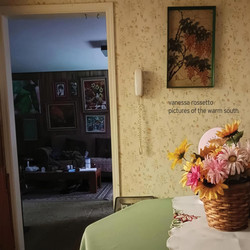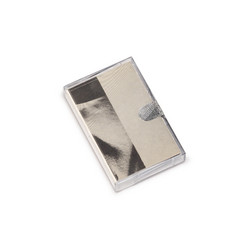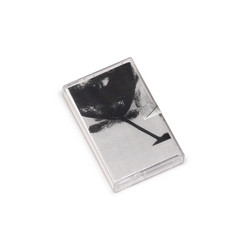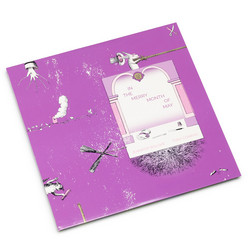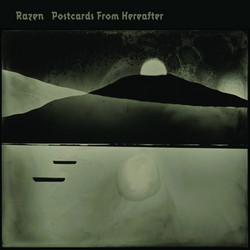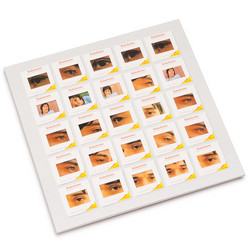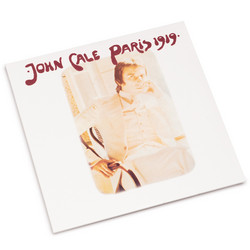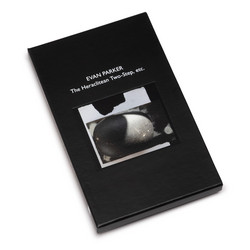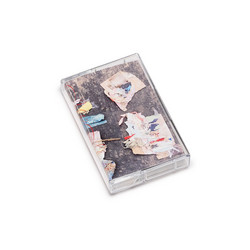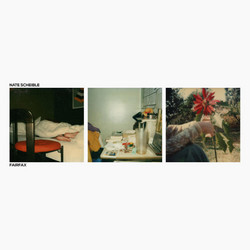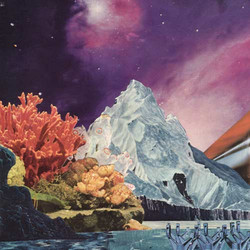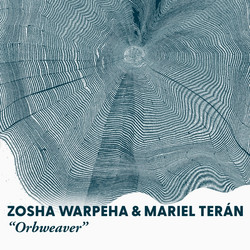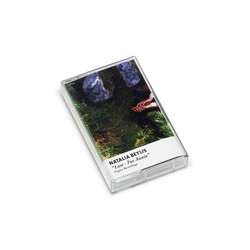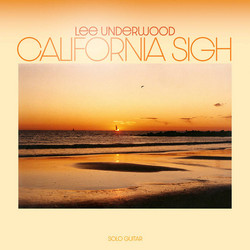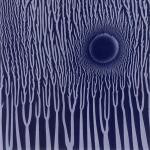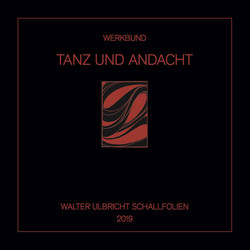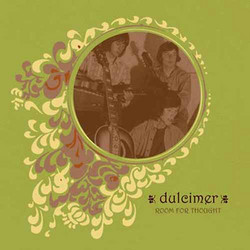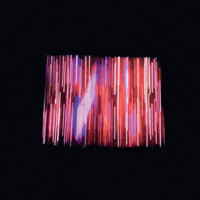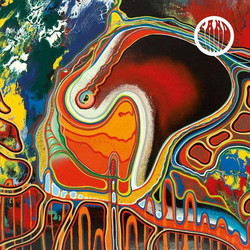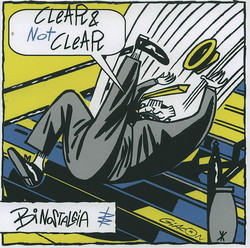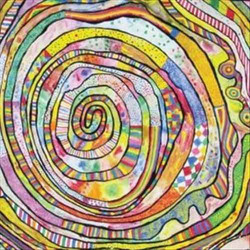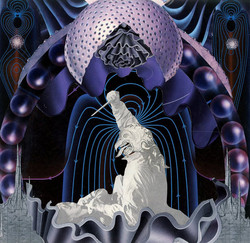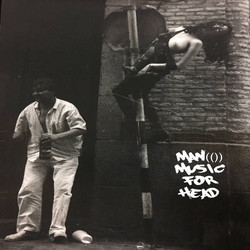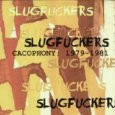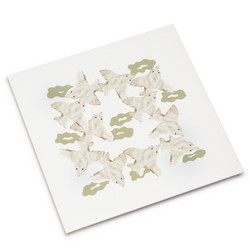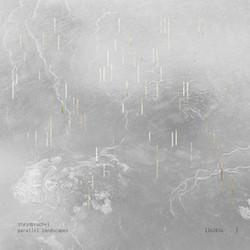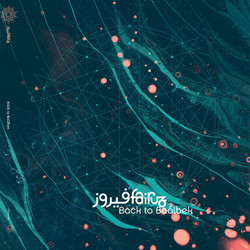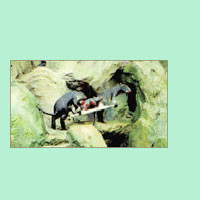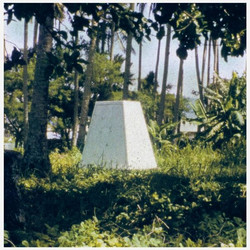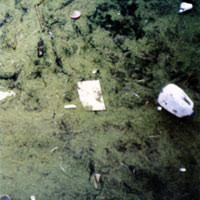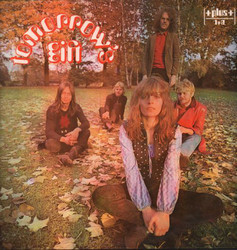*150 copies limited edition* Nate Scheible makes amorphous music that evades easy classification. Whether working with electronics or as a drummer, his fascination with tone and texture results in a sense of playful exploration, undercutting the stoicism that defines so much contemporary ambient music and free improvisation. Sounds quiver at the edge of existence, flickering imperceptibly between presence and absence. The boundary between the familiar and otherworldly blurs as he approaches the mundane from oblique angles. There’s a simultaneous sense of detachment and intensity, as if an irrepressible emotional churn is struggling to break through a veneer of stillness.
On Scheible’s new tape, or valleys and, change is constant. Using a wide array of electronics, found tape, and aided by a small ensemble of wind players from Washington, DC’s rich community of improvisors, he cycles through innumerable modes of music making in a deceptively quick 17 minutes. At its core is a suite of seven pieces with lengths averaging around 35 seconds, each named “stray,” where various instrumental elements participate in brief, but evocative, conversations. Horns blurt out a response to an elongated electronic tone, a turbulent duet of piano and snare cedes space to gentle, high-pitched harmonies. These well-defined miniatures contain complexity and variety, coaxing the listener to pay attention to each detail.
The music on or valleys and is undeniably experimental in content and form, pushing against norms of what might be considered conventional (the multi-layered recording of crinkling plastic comprising “the silver shore” and the tape’s entire b-side) or even musical (the hilarious and inexplicable found-audio piece “missississippi”). But it is also undeniably poignant, often playing out like a reflection of someone’s inner-most thoughts and feelings as they make sense of them in real time. Joy and melancholy appear hand in hand, as do absurdity and inscrutability; disparate emotions tumble into one another, arising and disappearing just as quickly. Its cohesion comes not from a defined sound palette or singular voice, but from the graceful way it moves through time, allowing a brief moment to make sense of how the music makes us feel before watching it unceremoniously float away.
